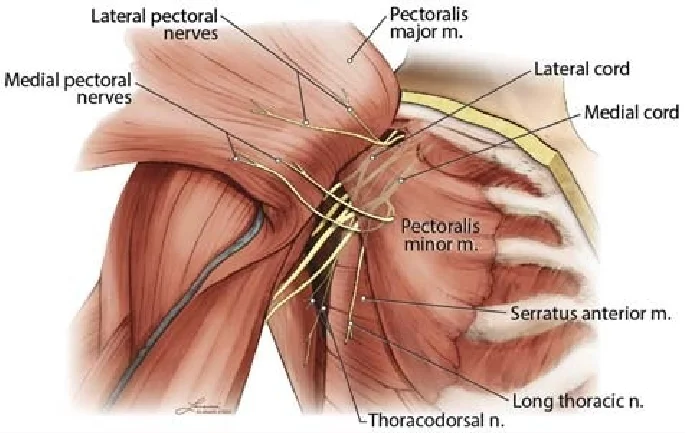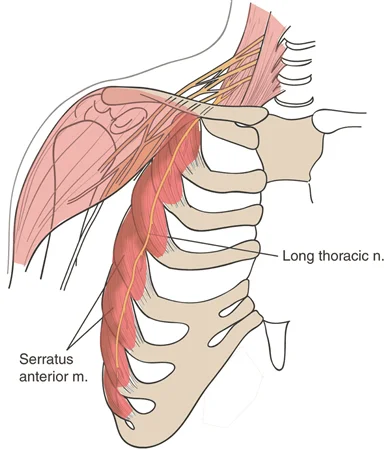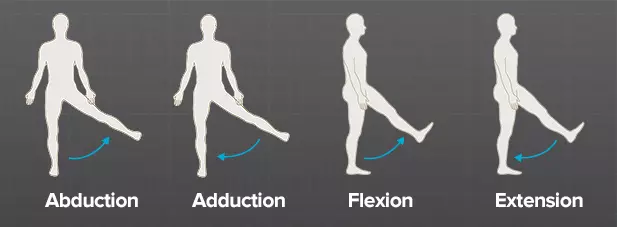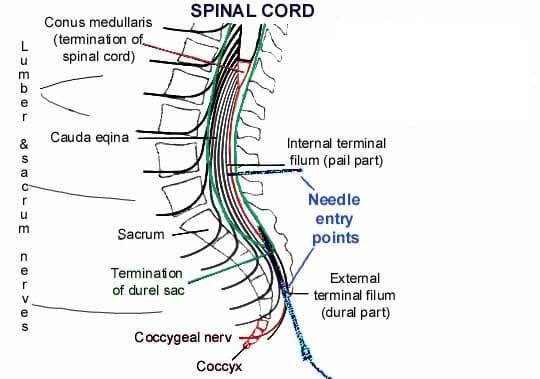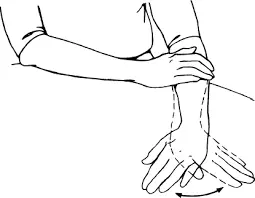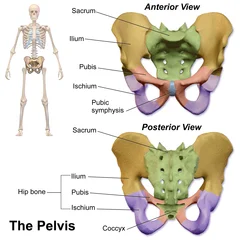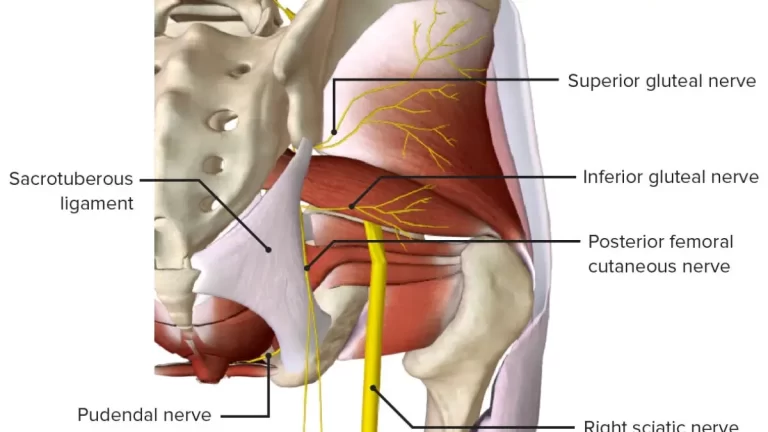Medial Pectoral Nerve
Introduction The medial pectoral nerve arises from the medial cord of the brachial plexus (C8-T1). It primarily innervates the pectoralis major (sternocostal head) and pectoralis minor muscles. Unlike the lateral pectoral nerve, it pierces the pectoralis minor before reaching the pectoralis major. This nerve plays a role in shoulder adduction, internal rotation, and scapular stabilization….

